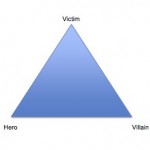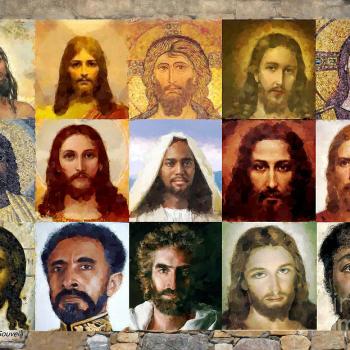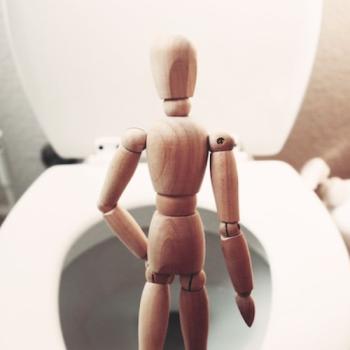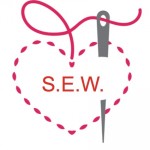
Today I’m sharing my biggest discovery, culled out of over 40,000 hours of working with clients.
All problems in relationships come from entangled power dynamics.
I’ve tried so many approaches to getting issues to shift, both with my clients and in my own relationship. Speaking the other’s love language. Watching the ratio of criticisms to appreciations. Feeling empathy for the other’s hidden wounds and saying the right healing words. Responding to bids for attention. Reflective listening. Enjoying new experiences together.
All of these, and so many other innovations of brilliant couples’ therapists and researchers, help couples. But true relationship evolution happens when power dynamics are unearthed, explored, and changed.
Sometimes I’ll forget about this truism. I’ll work hard with a couple, chipping away at old resentments, supporting them to reconnect, physically and emotionally. They’ll take some steps forward, but generally slip right back. Then I’ll remember to ask the magic question: “Who has more power in this relationship?”
I love that question. It’s like turning a light on in a dim room. Even though no one else I know actually talks about the intricacies of power dynamics, when offered the idea, just about everyone intuitively understands what I mean. The inevitable response: One person will point to the other one–“they do” and the other will look a bit sheepish, shake their head, and say something like, “What?? Me? What do you mean?? Oh, yeah, I guess maybe…”
People are initially drawn together because they feel “met,” that is, equal in power. But conditioning often quickly takes over, drawing them into “the romance of the rescue,”* with one person going “Power Up” (the Hero, and then inevitably, the Villain) and the other “Power Down” (the Victim). Over time, power dynamics layer and shift around, seeking equilibrium, leading to a seesaw: One person might be Power Up because they make more money, leading to the other person taking back power by taking control of parenting decisions, resulting in the first getting their power back by taking time away from home, leading to the other connecting more with the kids…and on and on.
One couple I saw** was geologic in their layering around power. Pat was the provider, so got to say how much Chris spent. Chris was more articulate, directing the conversation about what they wanted. Pat responded by pulling away and getting their emotional needs met elsewhere. Chris shut down sexually, leading to Pat disconnecting emotionally. They found themselves completely stuck and miserable, with neither wanting to give an inch for fear they would lose what felt like a mile in terms of power and control. Each one then resorted to ultimate power plays: distancing while meting out blame and contempt.
When uncovered, power dynamics can quickly change. Most couples first fell in love because they were “Power With,” seeing the other as a respected equal. In my next blog, I’ll show you simple steps to finding that golden balance that leads to harmony, flow, and deep connection.
*From Caroline Myss
**Details changed; I’m using non-gendered names and pronouns. I’ve found these dynamics have nothing to do with gender, though gender, race, and class are strong additions to power dynamics.
Want to know how to shift out of power struggle and back in to flow, passion, and in-loveness? Join me May 26-29 at the Omega Institute in Rhinebeck, NY for Conscious Relationship Essentials. Details here.
















